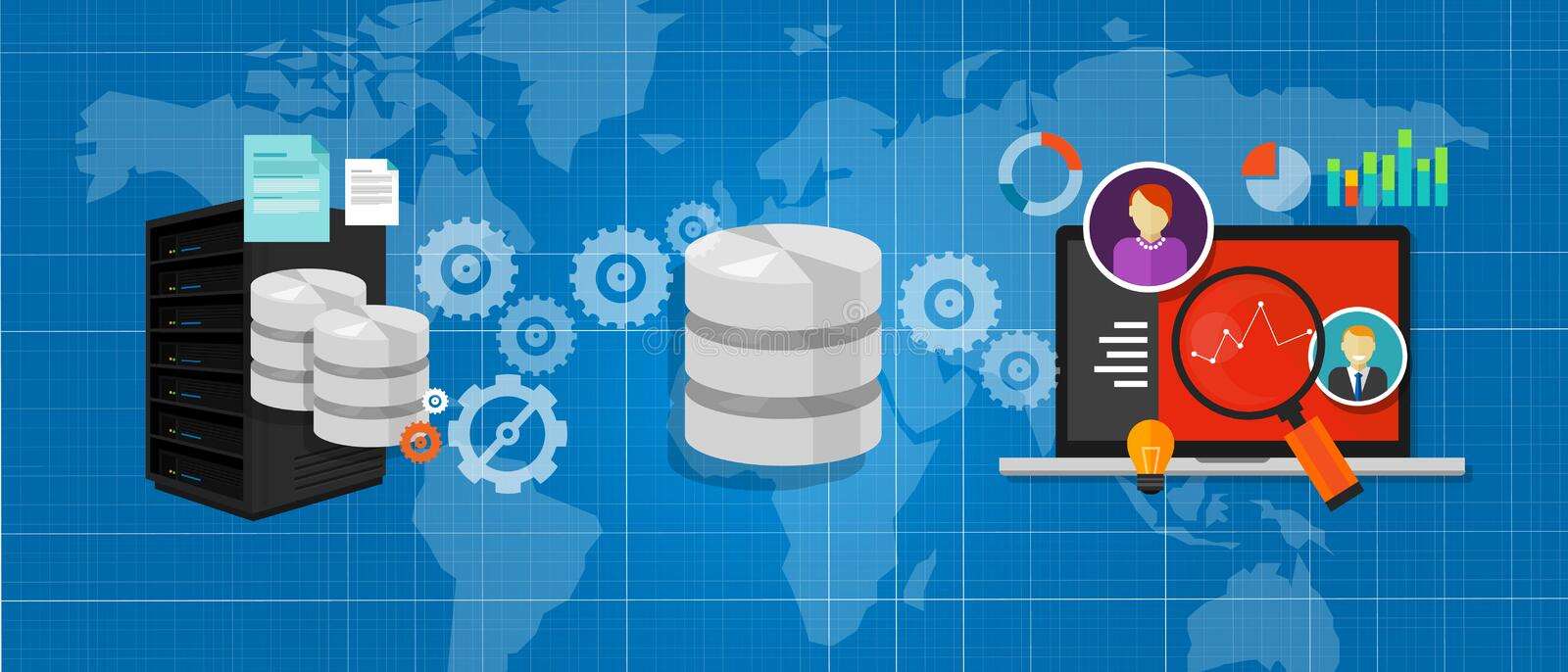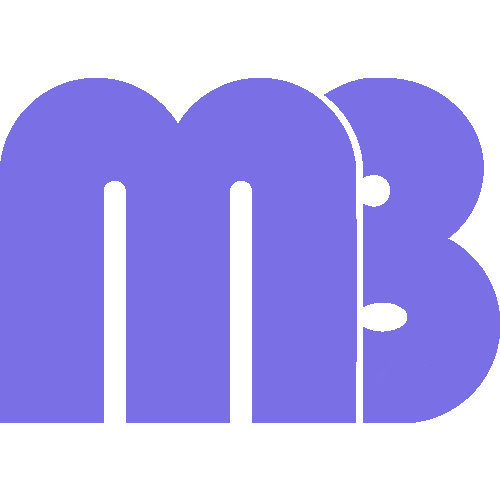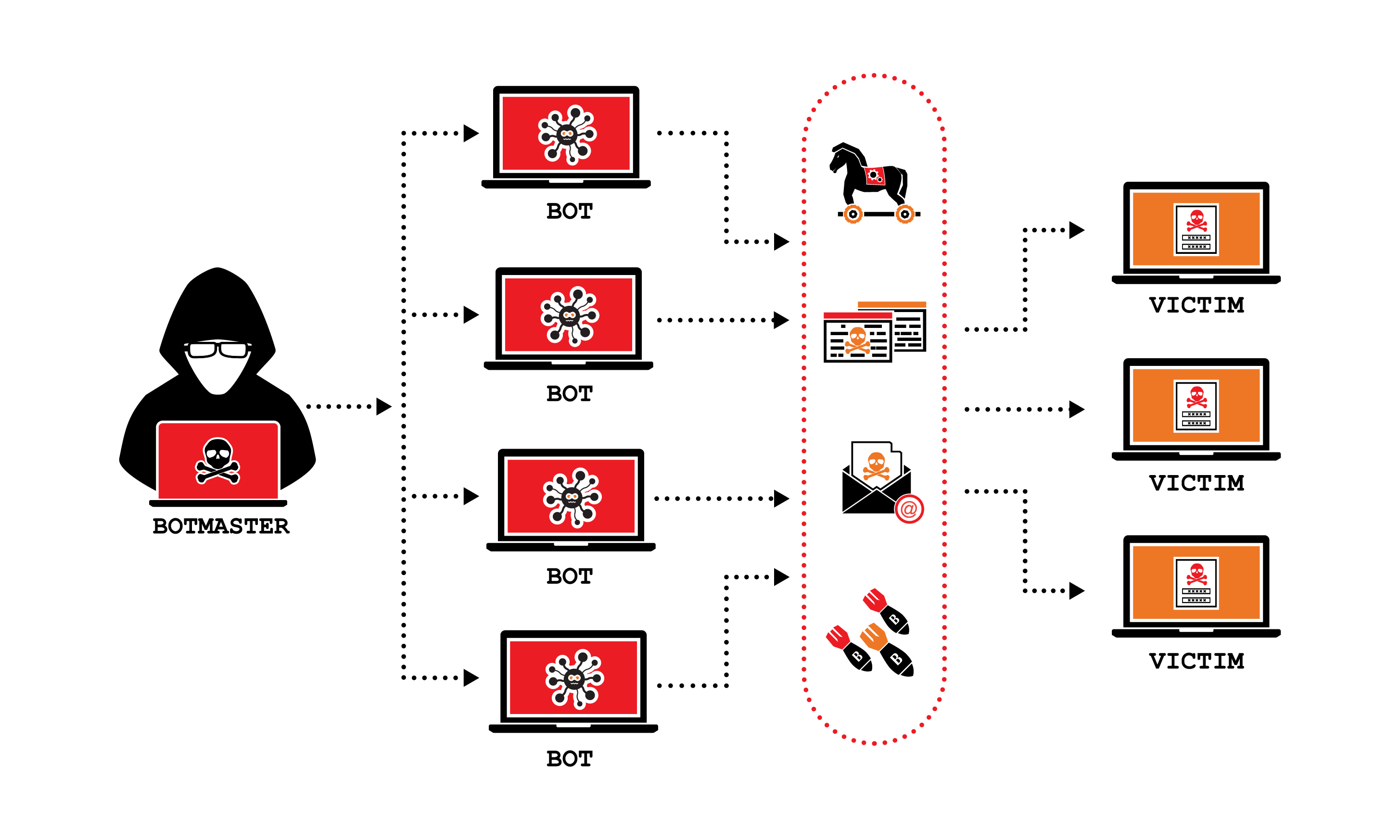What is structured data? Structured data is code written in such a way that search engines can read it. You can easily put these codes in your website.
With the rapid increase of data in the last years, the traditional system of file processing has fallen behind in storing the data. Thus, the emerging of databases became an alternative for file processing. The simplest example of a place which databases are used can be our contact list on our phones. Other than this, if we want to sign up for a website, these databases will be the places that our data are stored. Another example is that theses that we use when we do research about something are also stored in university's own databases.

There are numerous databases on the market that diverse institutions select for various purposes. The databases, which differ from one another in terms of being open-source coded, free of charge, high-capacity data volume, and operating system support, manage to meet essential criteria. MySQL, MsSQL, SQLite, and Oracle databases stand out amongst the systems that are highly preferred by users.
-PostgreSQL: PostreSQL is a relational database management system that is open-source coded and delivers exceptional performance as well as advanced security. The structure that enables rich data types has several advantages, the most important of which is that it is free and platform-independent.
-Oracle: This database allows you to do needed arrangements with standby applications. Oracle which is used on web-based softwares, and does not require an additional application is shared with its users with different standards. The price ranges are determined by the features included in the package contents.
-Microsoft Access: Microsoft Access allows you to fully utilize the graphical user interface of the Windows environment while working with relational database management systems and constructing databases. Access can make quite easier to create databases whether they are related or not.
-SQLite: It is easily used among tens of programming language. SQLite is a transactional and relational SQL database engine with no server software and no configuration requirements, which source code is publicly available and written solely in C/C++ programming languages.
It builds a new database, organizes, manages, develops, and uses for specified purposes, as well as acting as a program interface, allowing users to control how information is arranged and optimized, as well as obtain and update data. The software used to carry out these databases is called the database management system (DBMS).
Autonomous databases benefit from machine learning, and cloud-based technology to automate routine tasks to manage databases such as fine-tuning, backing-up, updating, and other management tasks. Database administrators can spend more time on strategic work by automating these time-consuming tasks. The first "autonomous" database service is developed by Oracle, and presented to their customers.












Yorumunu Bırak
Comments
0 CommentsHenüz yorum yapılmamış. İlk yorum yapan sen ol.